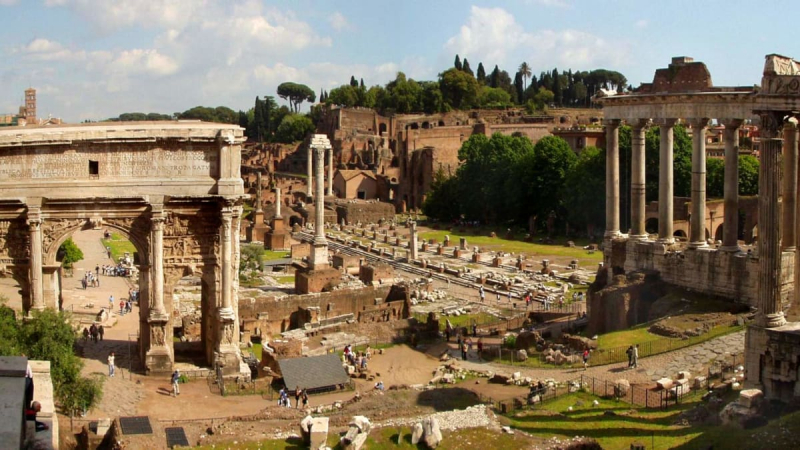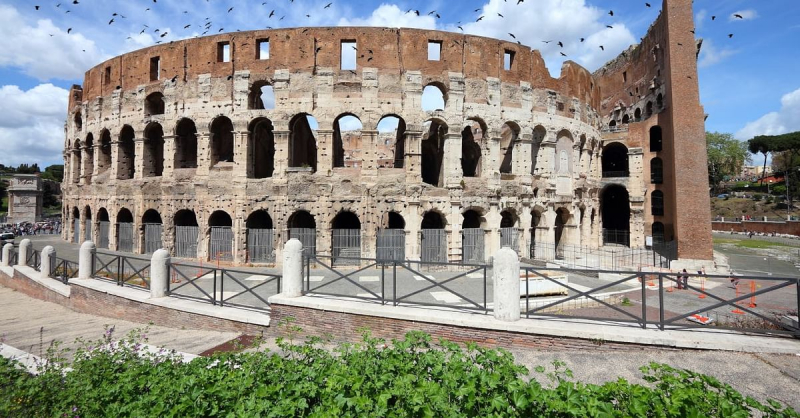The Roman Civilization
One of the oldest civilizations we want to introduce to you is the Roman Civilization. According to a History.com author, Ancient Rome expanded from a small town on central Italy's Tiber River in the seventh century B.C. into an empire that at its peak encompassed much of continental Europe, Britain, much of western Asia, northern Africa, and the Mediterranean islands. The widespread usage of Romance languages (Italian, French, Spanish, Portuguese, and Romanian) derived from Latin, the present Western alphabet and calendar, and the establishment of Christianity as a dominant world religion are among the numerous legacies of Roman domination. Following Julius Caesar's rise and collapse in the first century B.C., Rome became an empire after 450 years as a republic. The lengthy and glorious reign of its first emperor, Augustus, inaugurated a golden period of peace and prosperity; by contrast, the Roman Empire's decline and fall by the fifth century A.D. were among the most catastrophic implosions in human history.
Language, religion, culture, technology, law, politics, governance, military, art, literature, architecture, and engineering were all influenced by ancient Roman civilization. Rome professionalized and expanded its military and established the res publica system of government, which inspired modern republics such as the United States and France. It accomplished remarkable technological and architectural marvels, including the construction of aqueducts and highways throughout the empire, as well as more extravagant monuments and facilities.
Period: 550 BC–465 AD
Original location: on central Italy's Tiber River
Current location: Rome
Major highlights: the most powerful ancient civilization












